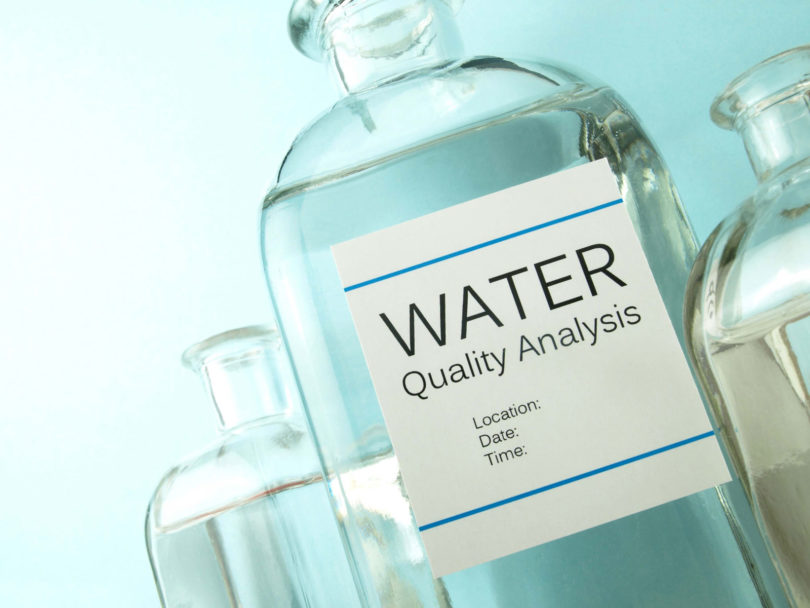The water crisis in Flint, Michigan, has been in the news for 5 years. Over the years more and more people are thinking about possible lead and other chemical contamination in their drinking water. But how do you know if your tap water is contaminated, and what should you do if it is?
If your tap water has an unusual taste, color or odor, you may want to have the water tested. Water that stains clothing in the washing machine is another potential indicator of poor water quality. The materials your home’s pipes are made of could also be problematic. If you have lead pipes, the lead could be seeping into your water supply. If your tap water comes from a private well, take a look at how close the septic system is to the well. Contaminants from human waste leaking into your well could cause illness. PFAs are a compounds that are used in fire retardants, water repellants, etc. and are found in municipal water sources in counties throughout the country.
 While certain odors or colors in your tap water may seem alarming, they are not always indicative of contamination. Testing is the only way to know for sure if your tap water is tainted. If your water comes from a public water system, it is routinely monitored and tested. If you have questions about the quality of your tap water or the way your city’s water is treated, call the number on your water bill or visit your public utility’s website.
While certain odors or colors in your tap water may seem alarming, they are not always indicative of contamination. Testing is the only way to know for sure if your tap water is tainted. If your water comes from a public water system, it is routinely monitored and tested. If you have questions about the quality of your tap water or the way your city’s water is treated, call the number on your water bill or visit your public utility’s website.
If you get your tap water from a private well, you alone are responsible for making sure the water is safe enough to drink. The Environmental Protection Agency (EPA) recommends having a certified laboratory test your water once a year. Even if your tap water is pure now, you will still want to test on a regular basis to make sure no contaminants enter the water later. Keeping a written log of test results will help if your water does become contaminated and you want to seek compensation for damages from whoever was responsible for the contamination.
For less than $30 you can buy an in-home water testing kit from a home improvement store such as Home Depot. However, those in-home kits are not 100 percent accurate. Use them as a way to flag potential pollutants in your tap water. If you perform a test and get abnormal results, contact a local lab for more in-depth testing and results. If a contaminant is detected in your water supply, retest immediately and contact your public health department for further help and guidance. The sooner you spot a problem, the quicker it can be fixed. You also will have less exposure to potentially harmful contaminants that could make you and your family sick.
Originally posted April 18th, 2017
Updated April 9th, 2019







